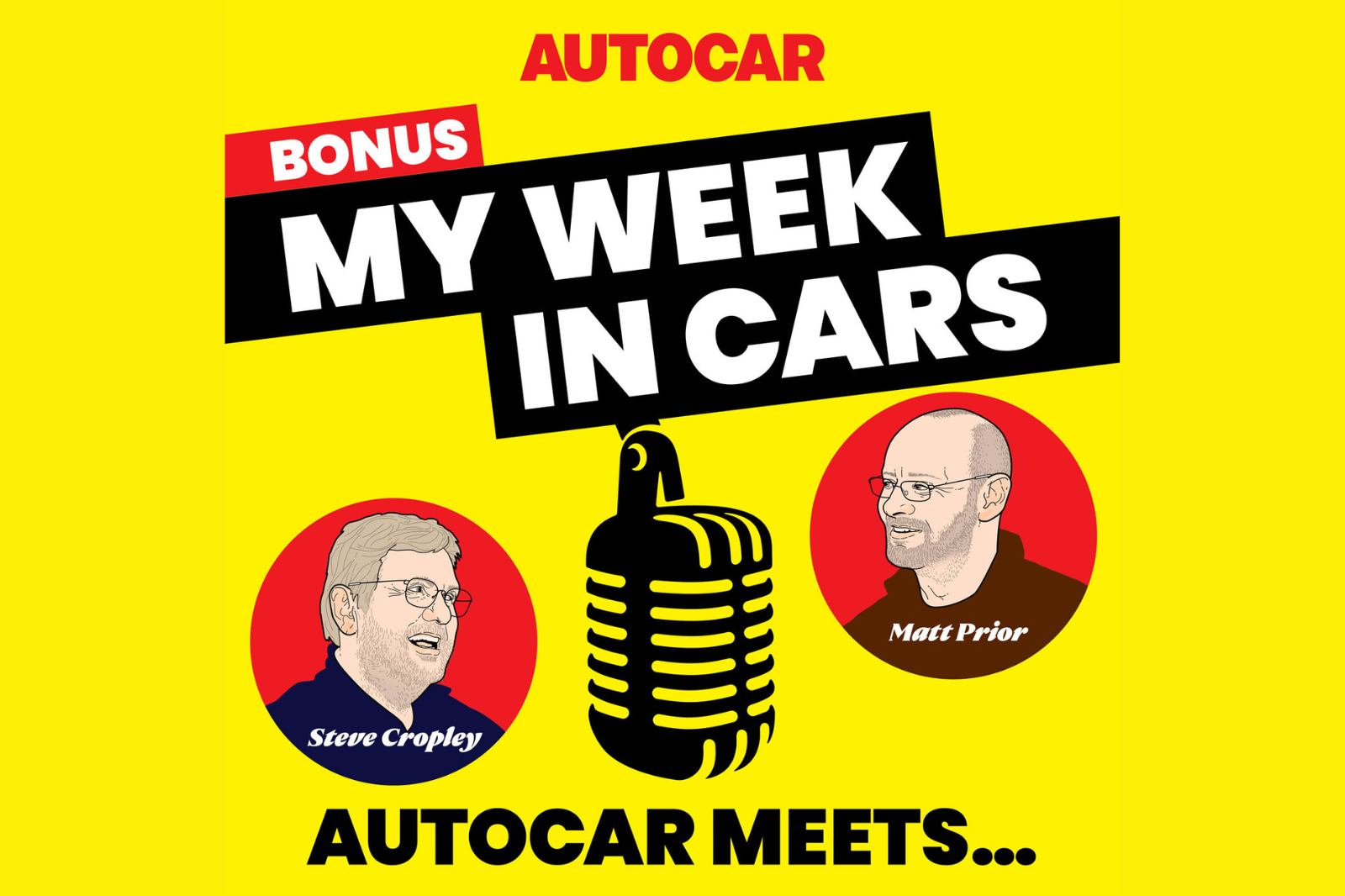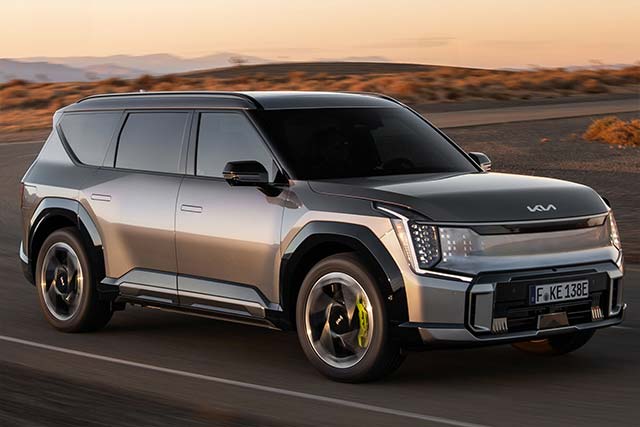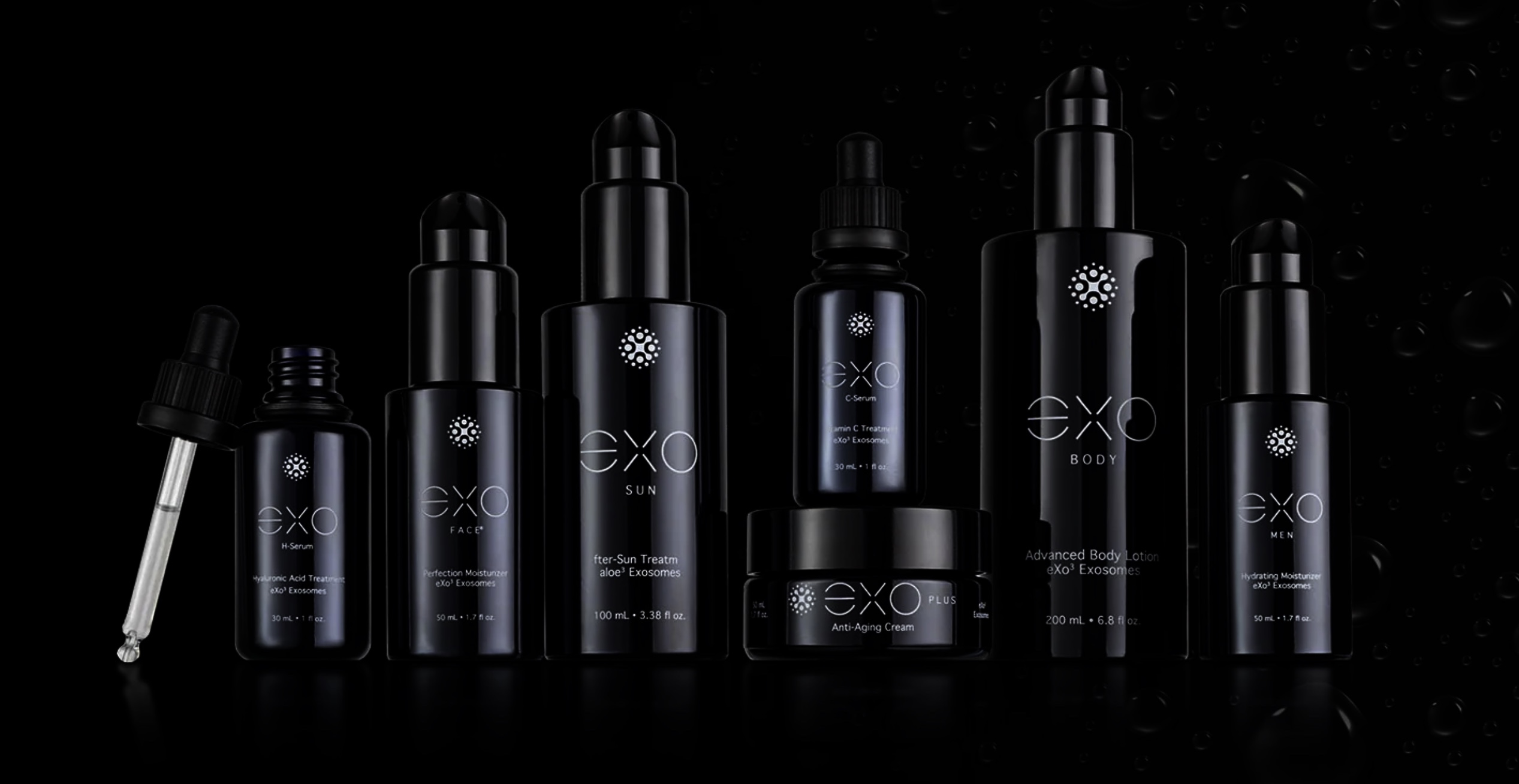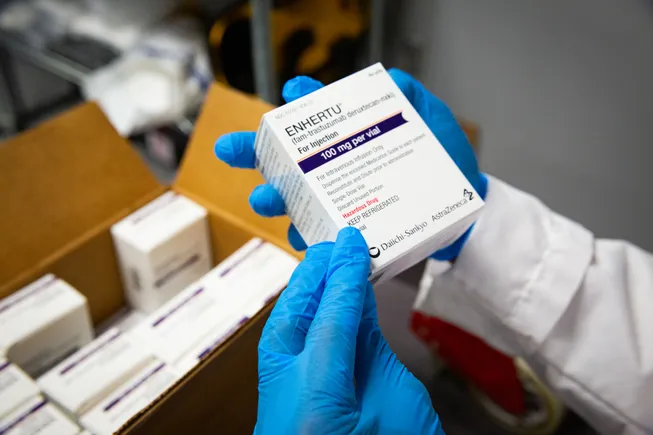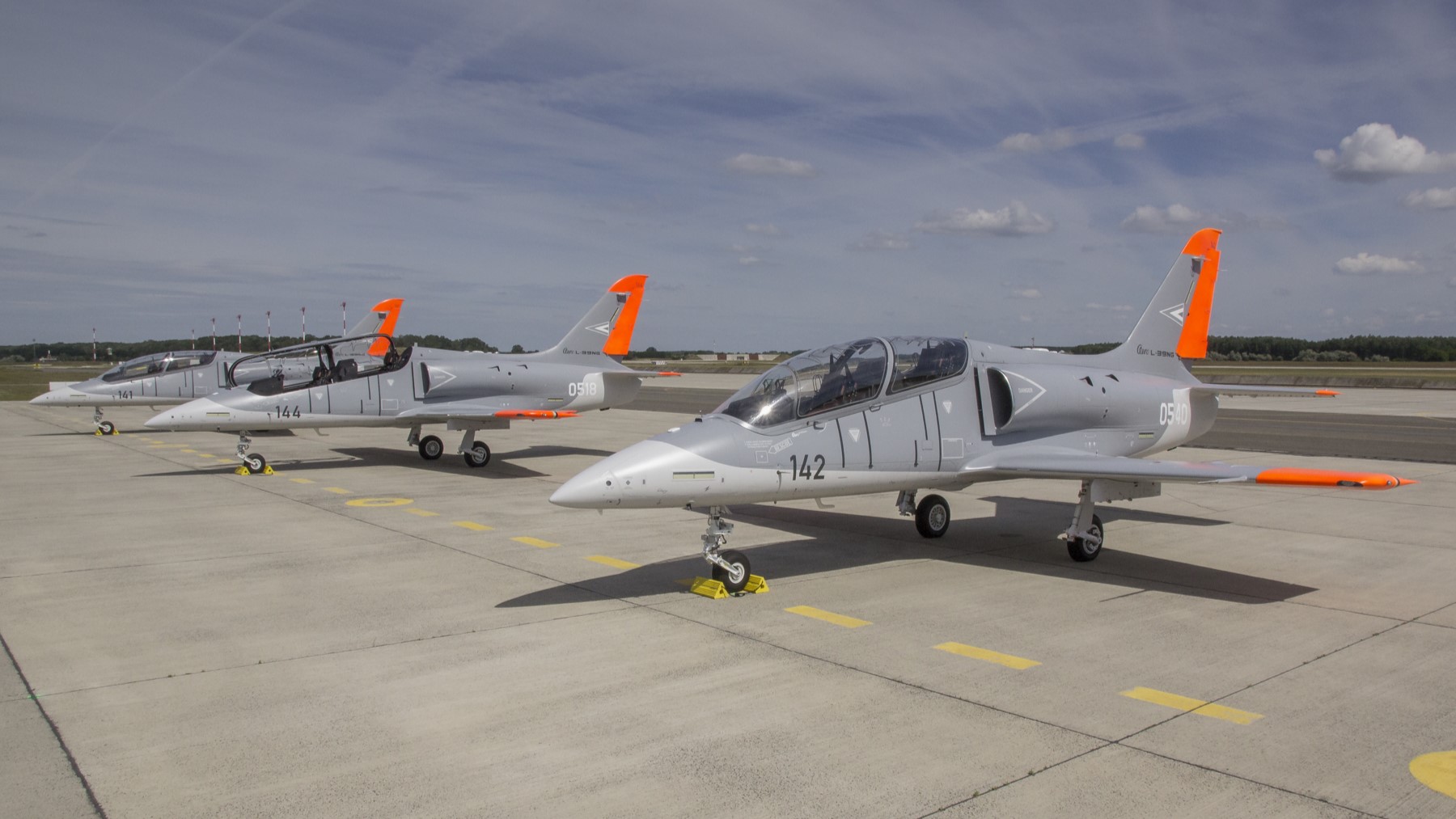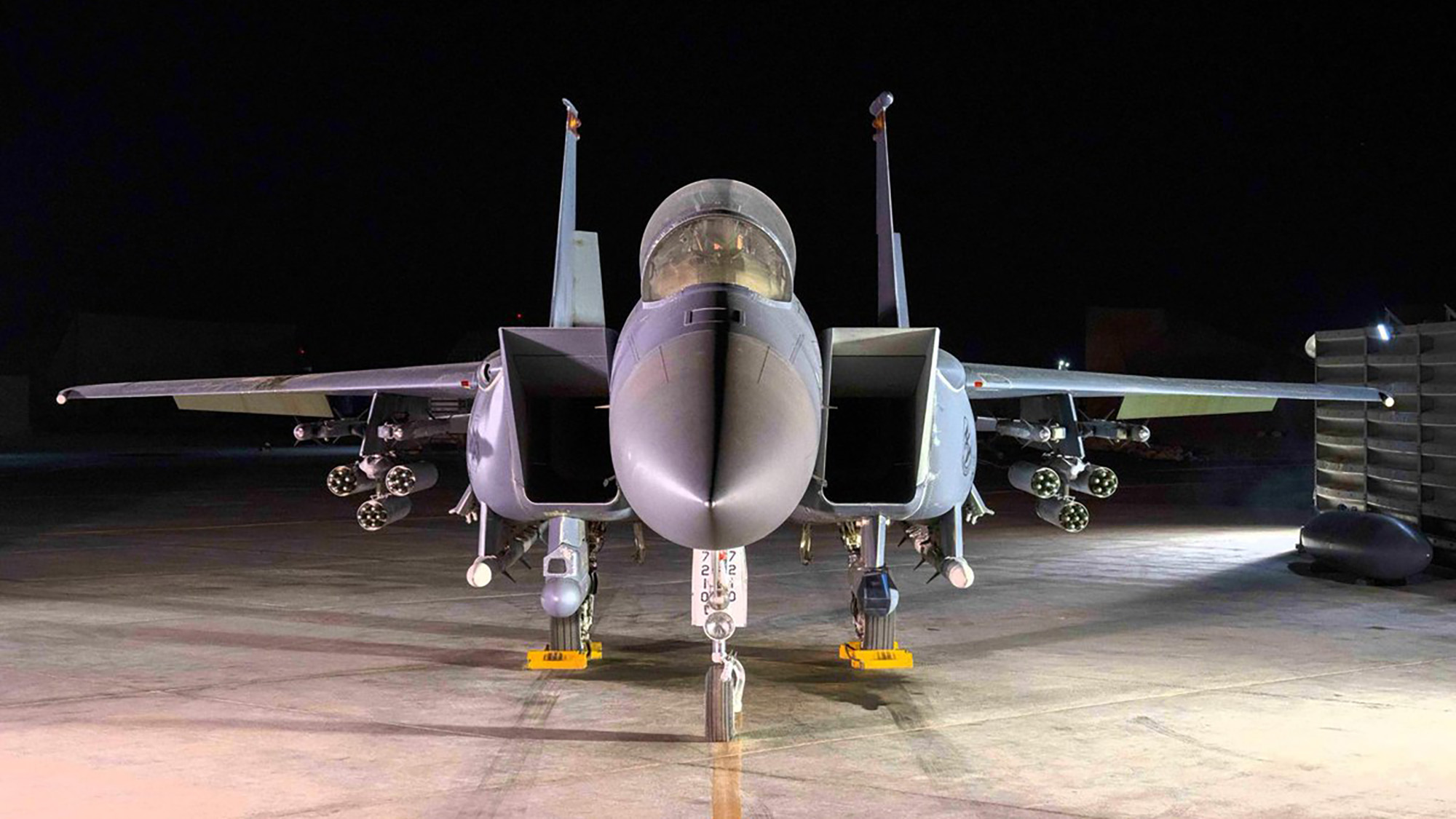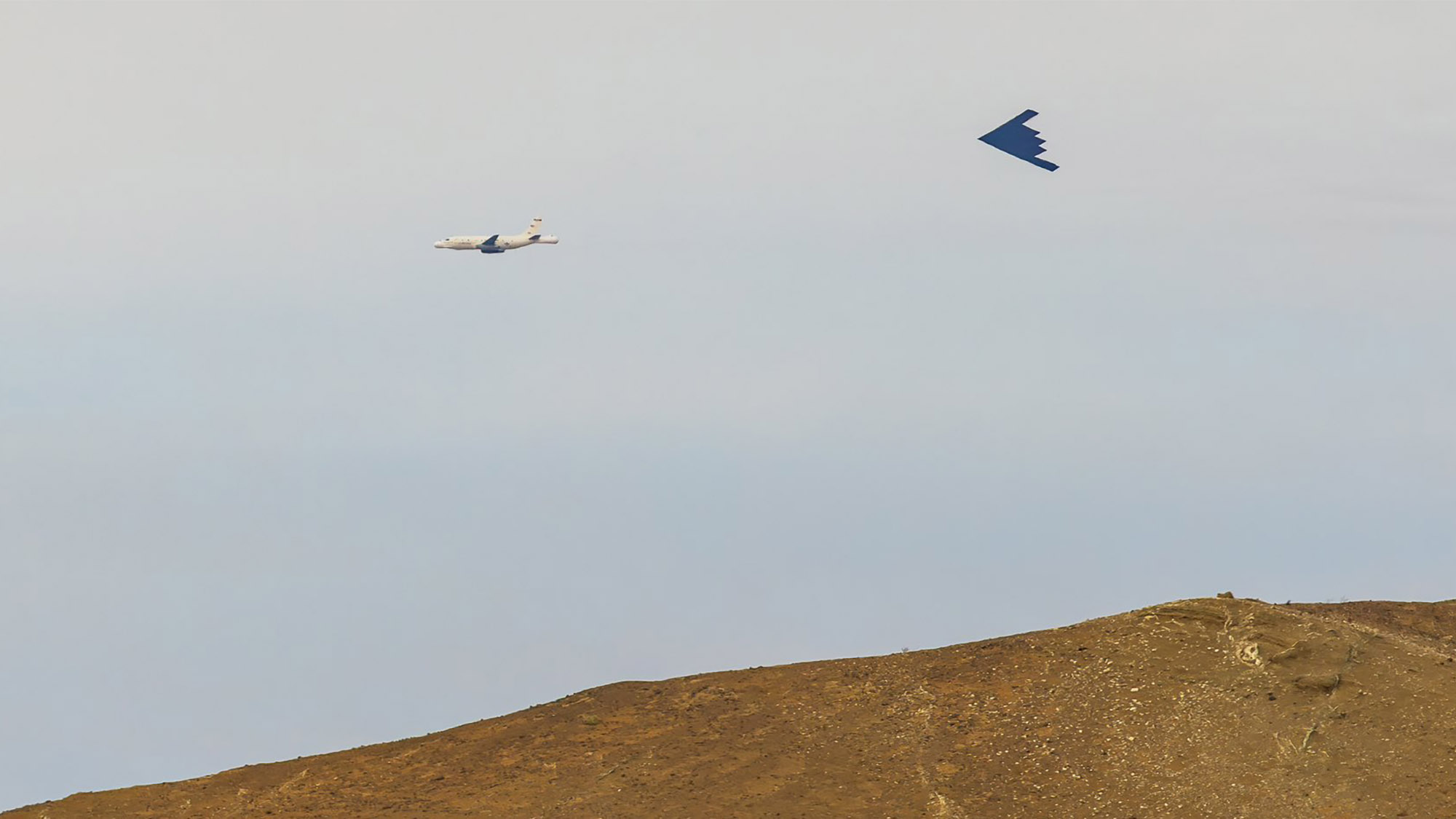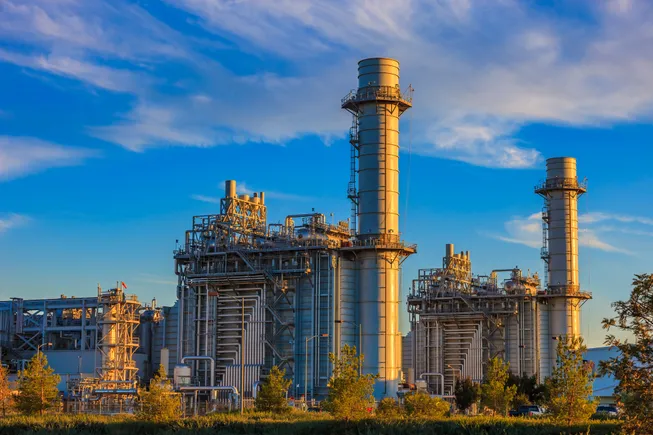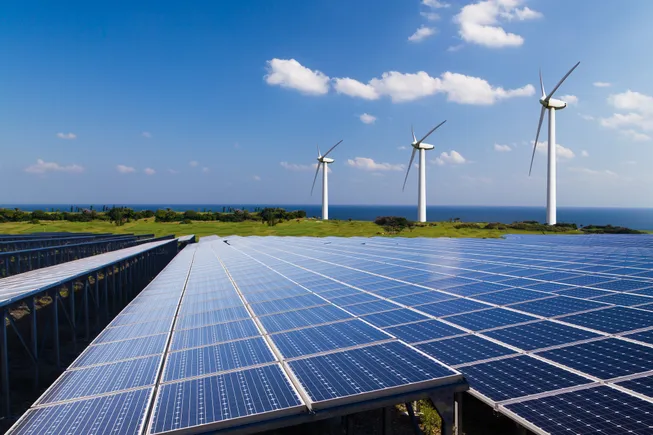M Boss Says BMW Not Ready For Another Supercar
Despite routinely teasing the public with exotic design concepts, BMW leadership has confessed that producing a supercar is simply is not in the cards right now. While the brand admits that it would like to manufacture something as wild as the Nazca M12 or Vision M Next, doing so would be an expensive gamble at an inopportune time.


Despite routinely teasing the public with exotic design concepts, BMW leadership has confessed that producing a supercar is simply is not in the cards right now. While the brand admits that it would like to manufacture something as wild as the Nazca M12 or Vision M Next, doing so would be an expensive gamble at an inopportune time.
Supercars also tend to come from supercar manufacturers that don’t build anything else.
There have certainly been noteworthy exceptions and borderline cases (e.g. Lexus LFA, Ford GT, Dodge Viper, Honda NSX, Audi R8). However, those cars tend either to be short-lived miracle machines (Porsche 918 Spyder) or end up being criticized as falling below the supercar mark because they’ve been deemed too practical, too affordable, or too American to qualify (Chevrolet Corvette).

BMWBlog managed to throw together a panel at the Concorso d’Eleganza Villa d’Este and brought up the topic with head of BMW’s M-Division Frank van Meel. He told the outlet that the automaker had certainly considered building a supercar in the past and is “always looking into” the possibility of developing one in the future. But such a vehicle was reportedly not at the top of any lists, especially with electrification and preexisting development on performance M vehicles taking priority right now.
“We don’t want to lose focus on our high-performance cars because we do a super sports car. I must be honest; we are always dreaming about it,” explained van Meel. “And maybe some day we find the right window of opportunity where we have the capacity to work on a car like that. And also, the company, BMW Group, says: ‘Ok, go for it.’ We never give up, I can promise you that, but actually, it’s not here yet.”

With the exception of the mid-engined M1 (1978-1981), BMW hasn’t ever really attempted a true supercar. While the BMW i8 had the looks of one, it was really more of a design concept to prove that its hybrids could be sleek and sporty. In terms of outright performance the M8 Competition Coupe probably gets the closest and is often dubbed a “supercar killer.” But it’s still too practical, making it more of an extra-spicy grand tourer.
That’s all fine. Despite decades of global wealth being transferred upwards, the supercar market feels pretty well saturated at present. BMW has likewise been historically better at delivering performance-focused luxury vehicles, which yields a consumer base that’s sized more appropriately for the brand. With a production capacity exceeding over a million vehicles annually, BMW is hardly a niche automaker and probably shouldn’t try becoming one.
From BMWBlog:
The thing about supercars is that, while undoubtedly exciting, they’re low-volume products. These products are typically almost entirely bespoke, requiring thousands of unique parts. BMW likely hasn’t forgotten how much of a headache it was to develop the M1 in the 1970s, so its reluctance to pursue a successor is understandable. Then again, the success of its recent coachbuilt models may be encouraging the company to reconsider.
Although never officially confirmed, the 3.0 CSL’s price tag hovered around €750,000. Even so, BMW had no trouble finding buyers for all 50 units. The 50-unit Skytop targa, rumored to carry a €500,000 sticker, was also a resounding success. Its coupe sibling, the Speedtop, has an even larger production run of 70 cars. Still, all these models are based on existing platforms.

The above would seem to suggest that BMW could gamble on a supercar and succeed. But the 3.0 CSL (above) was more of a heritage-inspired track toy, whereas the Skytop (below) and Speedtop are ultra-lux GT cars on crack.
Building a totally impractical performance car designed to appeal to individuals who buy exotics, specifically because they have a surplus of money and a deficit of taste, should frankly be beneath the brand. Any BMW-badged supercar would probably need to be something akin to those edge cases we mentioned earlier, embracing supercar levels of performance with less ludicrous bodywork. Thankfully, the company has suggested that its next halo vehicle will be something targeting the Porsche 911. But that doesn’t mean the brand won’t attempt to deliver a million-dollar abomination further down the line.

[Images: BMW Group]
Become a TTAC insider. Get the latest news, features, TTAC takes, and everything else that gets to the truth about cars first by subscribing to our newsletter.













